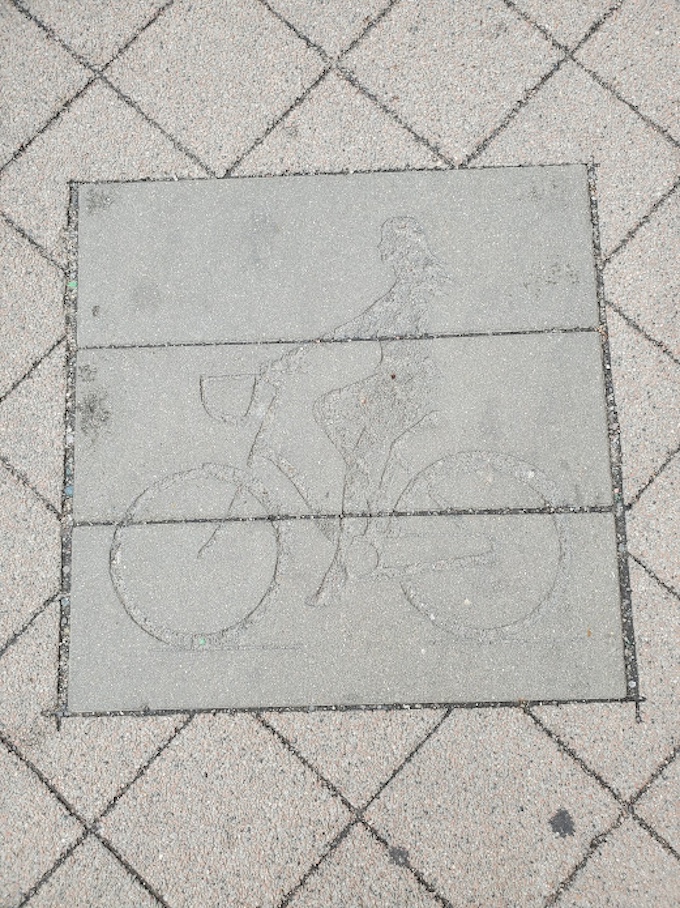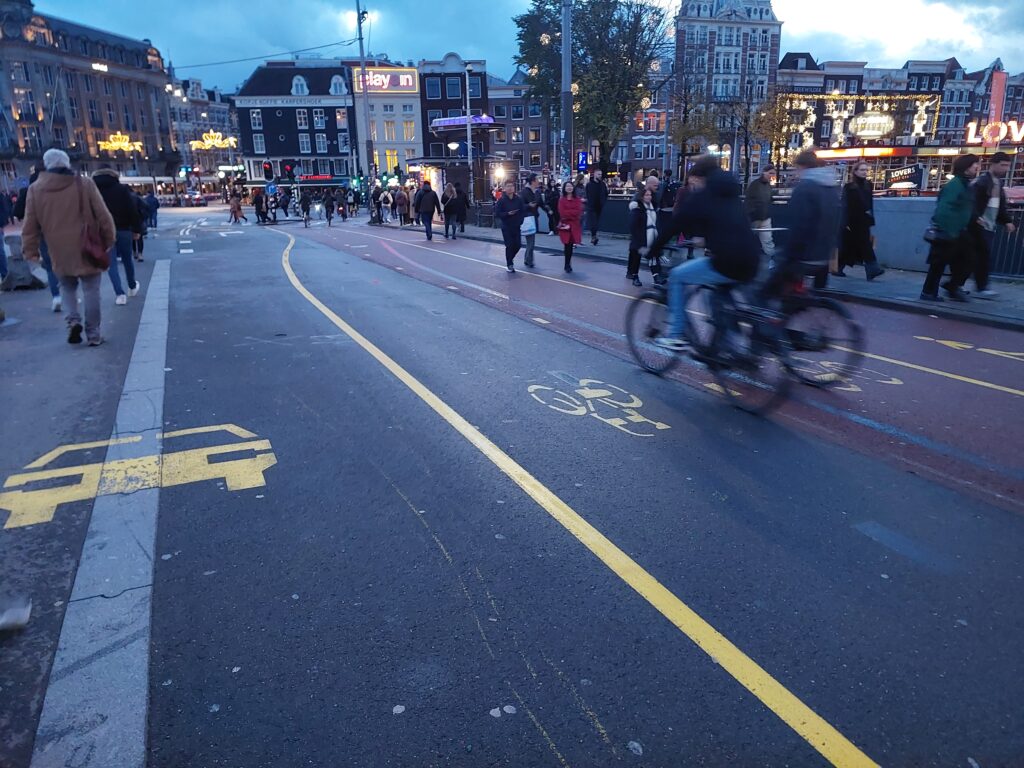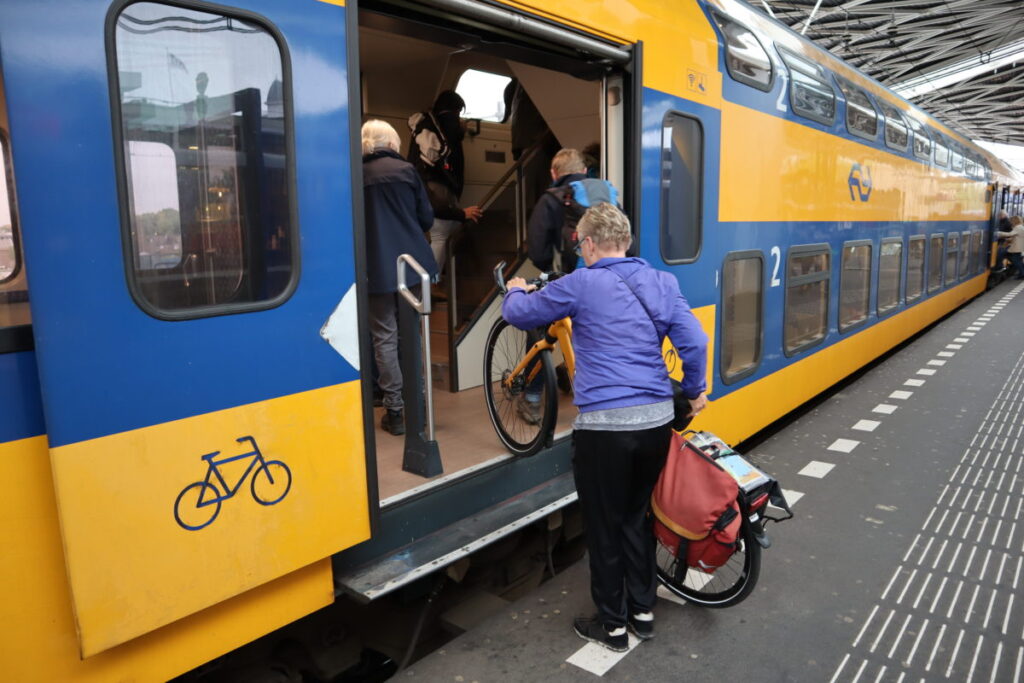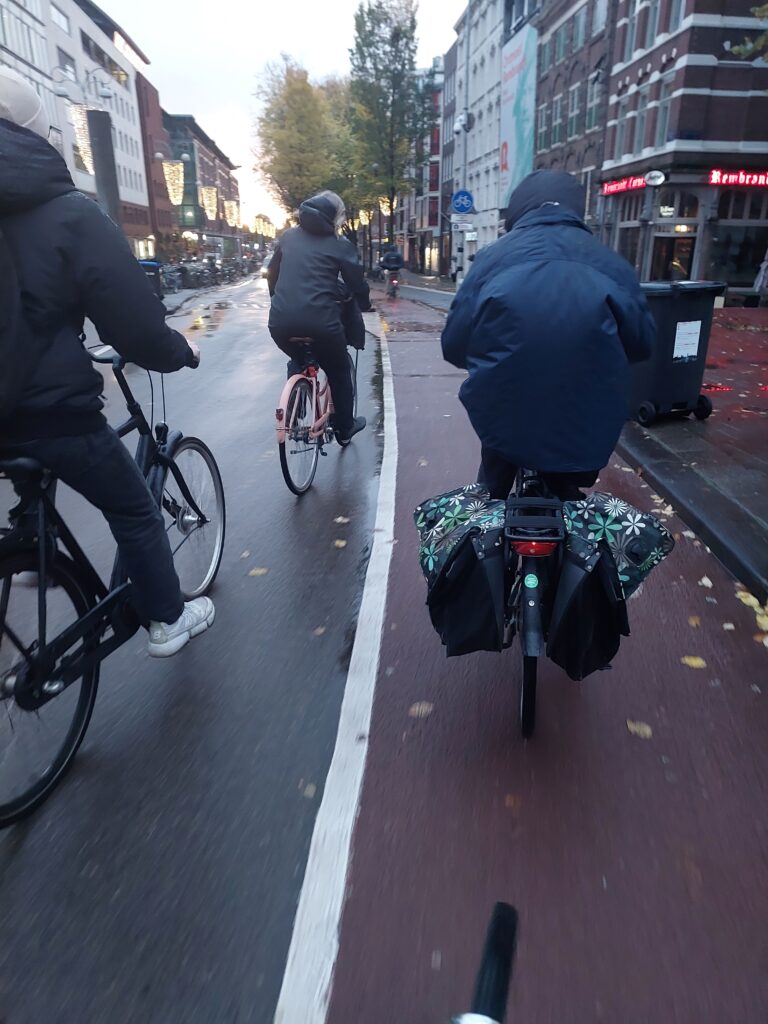Written by Jessica Rosenqvist | LinkedIn

Introduction
Gender and cycling is often discussed in a quantitative way, with conclusions on why women don’t cycle as much as men based frequently on surveys that don’t capture the social aspect of women in their daily lives. ‘Towards feminist geographies of cycling’ by Ravensbergen et. al. (2018) is a literature review about gender and cycling and also a reflection of what can be improved in the literature by incorporating feminist theories (performativity, intersectionality and embodiment) in cycling so that this topic can be better understood. From that, they attempt to provide planners and policy makers with a clearer picture of what actions should be taken to make cycling more inclusive for all with a focus from the work by Law (1999) and Hanson (2010).
The first paper discussed in depth is the review paper published in 1999 by the geographer Robin Law stating that the methods used to study gender and transport are still limited. According to this paper, the field focuses on shorter commutes of female workers instead of focusing on other research questions as well as travel behaviour and policy. Law proposed a more methodical approach to gender to be part of a category in social life as an alternative approach to gender and transport. This paper is significant because it was published over 20 years ago, indicating that this conversation on gender and mobility was already beginning to be talked about back then but did not gain traction.
The second paper that is discussed in depth is the paper by Susan Hanson (2010). I have provided a summary and reflections on her piece in my first blog. In her work she identifies two strands of thinking: How does mobility shape gender and how does gender shape mobility? The first strand describes how processes of mobility/immobility shed light on the shifting power relations embedded in gender. The second strand explains how gendered processes create and reinforce and change patterns of daily mobility, where the studies focus on large, national secondary datasets and creates a simplified view of gender as being binary. We will be returning to these strands of thinking later in the text below.
Lack of qualitative data
From the discussion, Ravensbergen et. al. indicate that they have found that quantitative studies were more common than qualitative and most of the studies focused on trip purpose, type, mode and other characteristics such as travel location and time. The studies also focused on the differences between male and female behaviours, barriers etc. What the studies were missing was the conceptualisation of gender in these articles. In these instances as Ravensbergen et. al. mention, the articles covered one of the strands by Hanson (2010): how gender shapes transport. In relation to that strand, what happens when that was the focus, resulted in the problems that Law (1999) identified, which were that the patterns of males/females were identified but the gendered processes that underlie these observed outcomes that have been mentioned above were not properly considered.
The question is, however, how do we raise awareness of cycling and gender among transport researchers, planners and decision-makers to create a deeper understanding and analysis of the gender issue? I was not familiar with any of the feminist theories that are currently out there. There clearly needs to be more conversations on how gender and mobility are strongly related to one another and how gender needs to be discussed more in depth so that there is a better understanding of what steps need to be taken in order to get a better picture of how mobility and gender are interlinked and what can be done to improve the current gender gap that is present in the cycling sector.
Feminist Theories in Cycling
So what are the ways in which cycling and mobility can incorporate feminist theories so that there can be a better understanding of gender in relation to mobility? Ravensbergen et. al. propose three theories: performativity, intersectionality and embodiment. Performativity, according to the philosopher Judith Butler explains how gender is not based on biology but is a social construct. Intersectionality is the idea that forms of oppression associated with various types of identity, such as gender, race and class, are not independent but are interconnected with one another. Embodiment is defined by JC, Johnston-Robledo (2018) as: ‘a concept that describes a woman’s sense of self as influenced by the experiences her body has with the world. These experiences can be negative or positive and affect her body image and identity.’
From the performative view, Ravensbergen et. al. have explained how cycling can be seen as a masculine sport in some instances, discouraging women to participate. In a study by Cavill and Watkins (2007), many people who were femme-identifying refused to cycle due to the activity being considered appropriate amongst boys but not amongst girls. In this example, cycling was viewed as performing masculinity and therefore created a social pressure for girls to not cycle.
Looking at cycling through the lens of intersectionality, there is an assumption that the experience for women and the experience for men when it comes to cycling are the same regardless of ethnicity, sexuality, class or ability. This is however not the case, and when intersectionality is not considered, the voices that are represented tend to be from white, middle class, heterosexual women (Lugones and Spelman (1983)). An example of intersectional and performative view on cycling was demonstrated by Bonham and Wilson (2012), where they had gone through key moments of women through life when they have started or stopped cycling in Adelaide, Australia. The example is intersectional as it considers sex and age in cycling and performative because it considers the various images that are portrayed with cycling at different stages in life for women and how for example it can be challenging to perform ‘cool’ female adolescence while cycling.
Lastly, the paper by Young (2005), that covers feminine bodily experience can provide an explanation to the gendered ‘risk-aversion’ to cycling. Young observed that women were not as open with their bodies compared to men, such as when they sit or carry things. Young interpreted this behaviour, not as a natural biological difference, but as a cause of patriarchy that influences mobility on a bodily scale. Ravensbergen et. al. interpreted this as a potential reason for why women have a tendency to feel less confident in their cycling abilities.
Personal Experiences
Reflecting on my own experiences and conversation with other women, I can see performativity, intersectionality and embodiment manifest themselves in why we do or don’t cycle. What Young (2005) mentioned, about how women experience mobility in a patriarchal society, makes me think of all the times that I have been exposed to embodiment in a negative context. Coming from a more conservative Japanese background and a progressive Swedish one, I definitely feel that my movement was more restricted in Japan than in Sweden. Sitting in a certain way, walking in a certain way was not considered proper in my Japanese mother’s eyes, whereas my Swedish family didn’t seem to care about that.
Interestingly, many women do bike in Japan, but only for short distances to go grocery shopping or to pick up or drop off their children. However, the types of bikes they use are all the same. They all have a drop down top tube, the colloquial word for this type of bike would be a ‘lady’s bike’. And this makes me think of cycling in Japan being performative for women as well as also involving embodiment. Riding a road bike as a woman in Japan will label you more as a ‘tom boy’, someone who does not conform to the norm. There is also the fear factor of riding on the road alongside cars if you ride on a road bike as the bicycle infrastructure there is not well-developed. And with the culture in Japan being conservative and uniform, deviating from the norm will mark you more as a rebel than anyone progressive.
This review has been a very interesting read. As the reader I encourage you to ask questions when reading texts on cycling and gender such as: What are these texts missing when discussing cycling and gender? Which feminist theories can be incorporated into the text? By asking these questions, we will be able to develop a better understanding of the role of gender in cycling and mobility, which can then be incorporated into developing better cycling policies.
You can also take a look at another essay by Jessica Rosenqvist on mobility and cycling on the website:
Gender and Mobility: How Does Gender Affect Women’s Movement?
References
Bonham, J., & Wilson, A. (2012). Bicycling and the life course: The start–stop–start experiences of women cycling. International Journal of Sustainable Transportation, 6, 195–213.
Cavill, N., & Watkins, F. (2007). Cycling and health: An exploratory study of views about cycling in an area of North Liverpool, UK. Health Education, 107(5), 404–420. https://doi.org/10.1108/09654280710778556
Hanson, S. (2010). Gender and mobility: New approaches for informing sustainability. Gender, Place & Culture: A Journal of Feminist Geography, 17(1), 5–23.
JC, Johnston-Robledo I. Woman’s embodied self: An introduction. In: Woman’s Embodied Self: Feminist Perspectives on Identity and Image. American Psychological Association; 2018:3–14.
Law, R. (1999). Beyond ‘women and transport’: Towards new geographies of gender and daily mobility. Progress in Human Geography, 23(4), 567–588.
Lugones, M., & Spelman, E. (1983). Section 5: Have we got a theory for you! Feminist theory, cultural imperialism and the demand for “the woman’s voice”. In W. K. Kolmar, & F. Bartkowski (Eds.), Feminist theory. New York, NY: McGraw-Hill.
Ravensbergen, L., Buliung, R., & Laliberté, N. (2019). Toward feminist geographies of cycling. Geography compass, 13(7), e12461.
Young, I. M. (2005). Chapter 2: Throwing like a girl: A phenomenology of feminine body comportment, motility, and spatiality. In: On female body experience: Throwing like a girl and other essays. New York, NY: Oxford University Press.



